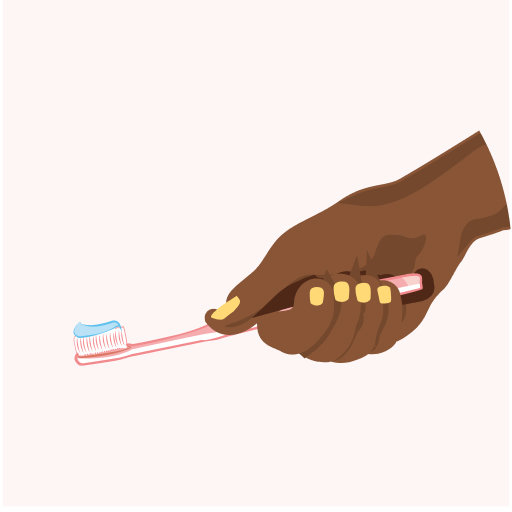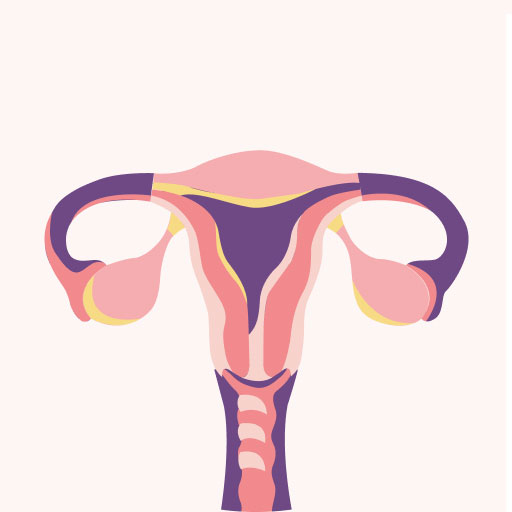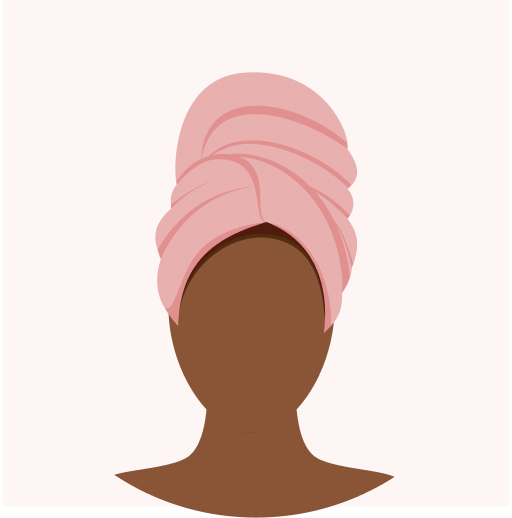
Hey Sis…Your Magnificently Melanated Skin tone is Putting Your Vitamin D Level at Risk
We have all heard the numerous recommendations over the course of the years, dare I say decades, of avoiding excessive sun exposure from our medical providers. And the specific reason for this needed recommendation is not only to avoid the horrors of sunburns, but most importantly, to avoid increasing the risk of developing skin cancer. Therefore, for many years, I have adhered firmly & diligently to this recommendation. To be familiar with the relationship between my skin and the sun is to know that we are not best friends by any stretch of the imagination. Not only do I wholeheartedly believe in and encourage the use of sunscreen consistently, but I have always avoided excessive sun exposure when possible. I remember being validated in my determined quest to avoid excessive sunlight exposure while in school, where I learned that our beloved king of reggae music, Bob Marley, died potentially of complications from a metastasized melanoma, a severe and gruesome type of skin cancer. This was enough context and evidence for me to continue my sustained choice of minimal sunlight exposure.
It was not until about two years ago when the idea of vitamin D deficiency or insufficiency became a personal topic. At a routine medical visit with my internist, my vitamin D levels were checked and found to be substantially low, leading to a phone call to review the lab results. Coming in at 10ng/mL (with a sufficient or normal level being greater than 20 ng/mL and a deficient or abnormal level being less than 12 ng/mL), the number was so low. My doctor prescribed me a 3-month course of vitamin D and told me to purchase vitamin D over the counter once the prescription ended. He further explained how important it is for people with a darker skin tone to supplement with vitamin D. As a clinician, I knew this to be the case; however, it is more often than not that I easily forget to apply the same advice I give to those I care for to myself. I was aware that folks with a darker skin tone such as mine are susceptible to lower vitamin D levels and I quickly gained a new appreciation for vitamin D and its significance. I did not hesitate to pick up the prescribed dose, which is usually given for three months, and was now on a true quest to complete and continue the course beyond the three-month prescribed treatment.
So, what is the real deal with vitamin D? Vitamin D is a steroid hormone that helps with calcium absorption in our bodies. It can be made from direct sunlight exposure as well as from dietary intake. Ultraviolet B (UVB) rays from sunlight exposure in particular are what aid in the production of vitamin D in our bodies when the rays hit your skin. However, the skin cells called melanocytes (which produce melanin and in turn contribute to the pigmentation of the skin), when present in excessive amounts, block the absorption of UVB rays in direct contact with the skin. This results in lessening the amount of vitamin D that is produced. If you have more melanocytes, this leads to more melanin production and darker skin pigmentation; you run the risk of having a lower vitamin D level than normal. This was information that needed to be screamed from rooftops. On one hand, the idea that the darker the skin pigment, the less absorption of UVB rays was exciting to know because those rays are responsible for causing sunburns. On the other hand, knowing that the same attribute negatively affects vitamin D levels was troubling. I knew it was not only my job to spread this information to all with a darker skin tone, but to also encourage others to speak with their clinicians about testing and confirming their levels.
There are specific groups who tend to be affected more than others. Racial and ethnic groups that are primarily affected are Black people and those of African descent, Latinx individuals, Indigenous natives, Alaskan natives, and Pacific Islanders. We also know that some minority groups experience increased rates of comorbidities such as cardiovascular disease, diabetes, liver and kidney disease, asthma, and COPD, and most recently, are disproportionately affected by the COVID-19 virus. I was moved to action when recent studies published in September 2020 identified significantly low vitamin D levels in patients that tested positive for COVID-19 (~ 11.1 ng/mL) versus those who tested negative for COVID-19 and had normal levels of vitamin D circulating (~ 24.6 ng/mL). This was an eyeopener as I instantly remembered my level of 10 ng/mL from a couple of years ago, which would fall into a danger zone now.
It is important that we take a close look at vitamin D and all its benefits. Outside of helping with bone health from calcium absorption which in turn decreases fracture risks and falls, vitamin D also serves many other purposes in the body. An optimal level of vitamin D is said to improve your immune function to allow the body to fight off infections such as viruses like the COVID-19 virus by slowing down the reproduction of more viruses in the body. It is said that vitamin D also helps act as a defense mechanism by recruiting important cells in our body to aid in eliminating bacteria and other unwanted particles, especially in the respiratory system. And as we have now learned during this pandemic, the vast majority of people who have succumbed to a diagnosis of COVID-19 struggle with respiratory symptoms, whether it be shortness of breath, difficulty breathing, or chest pressure. Being aware of this information is vital because it allows us to act accordingly and be well-informed about things that we can do to help our overall health.
So, what is the recommendation as far as taking vitamin D at this time? According to the recommended standards, the daily recommendation is anywhere from 600 to 800 international units (IU) daily. However, before anyone decides to take off and start loading up on vitamin d, I ask that you first speak to your primary care clinician about the need for testing to truly know your status. When we are well-informed, it is easier to make confident and self-assured decisions. I take a vitamin D supplement daily based on previous levels from blood testing and completion of prescribed therapy, followed now by supplementation. Knowing what I know now and have personally experienced, I am aware that the beautiful abundance of melanocytes I possess, increases my risk of being insufficient or deficient in vitamin d.
So, my call to action for you my melanated family in spirit is to know your vitamin D status. To know that the darker the skin tone, the higher the risk of low vitamin D levels in the body. And during this pandemic where we continue to see the virus not only ravage the world and the United States but also disproportionately impact the black and brown community, I hope that at your next visit, you feel knowledgeable and empowered to start a conversation with your personal clinician about vitamin D testing and supplementation and if it is right for you. Because I am fully aware, as a sister who is covered in melanin herself, that vitamin d supplementation has been and is right for me.
More Content
Skin & Hair Health
🌨 Embracing the Chill: Winter Skin Care for You and Your Little One
This article is a part of the...
Skin & Hair Health
Protecting Your Scalp from Stressors: Tips for a Healthy Scalp
Let's talk about something that doesn't get...











